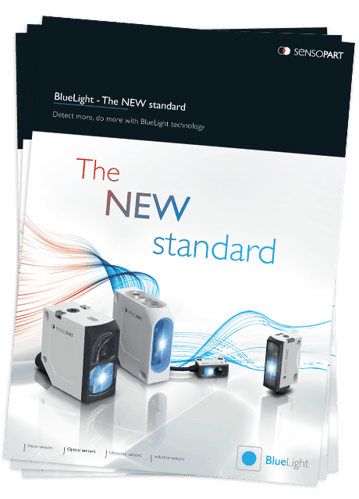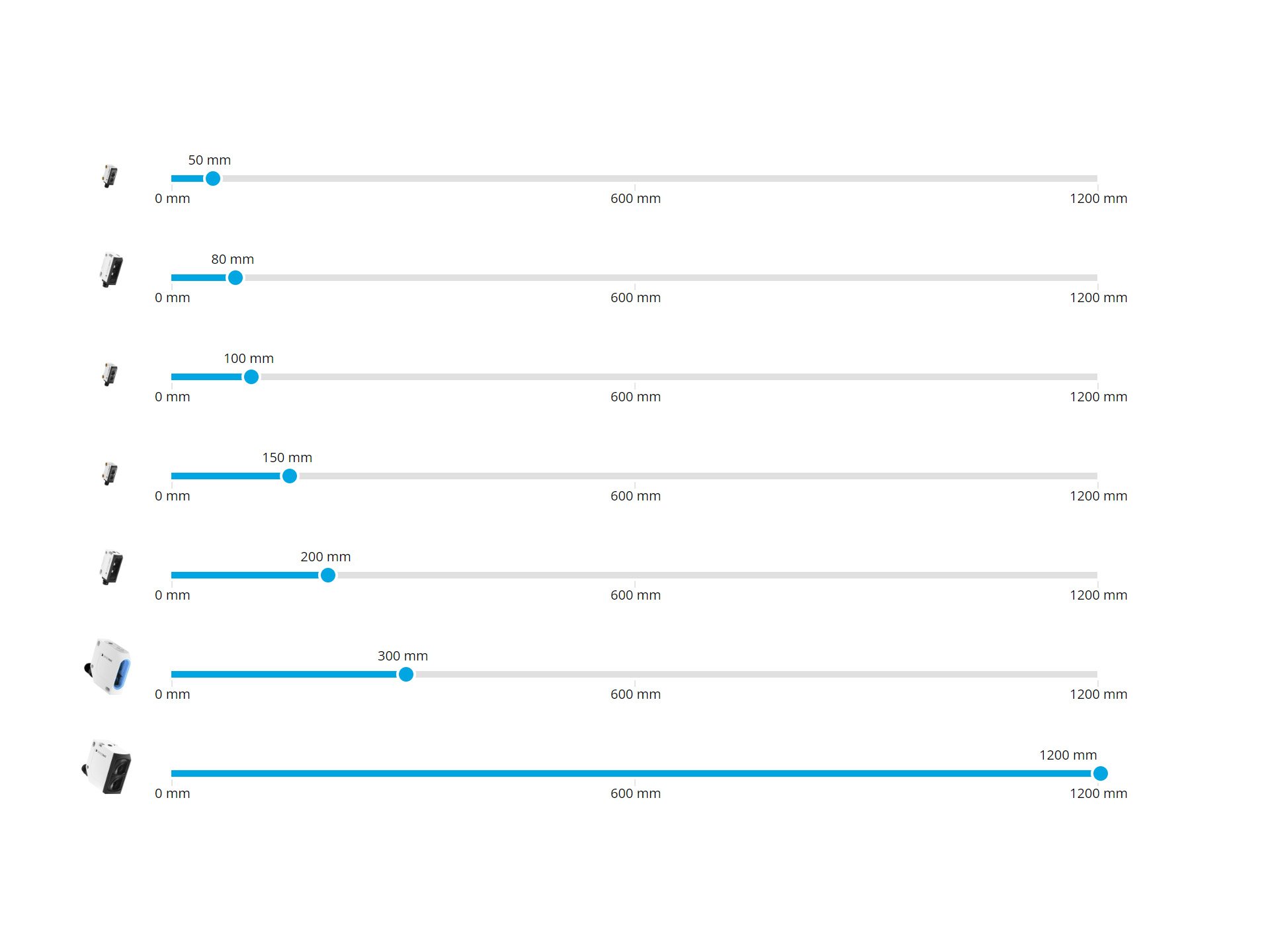Your guide to BlueLight sensing technology
Increasingly in industry, the parts that need to be detected most often, appear to be designed almost perfectly to avoid detection. They are either dark, shiny and curved or dark and ultra reflective. All of which present significant challenges to the common red light sensor. But the solution is at hand in the form of BlueLight sensors which offer a huge leap forward in reliable detection.
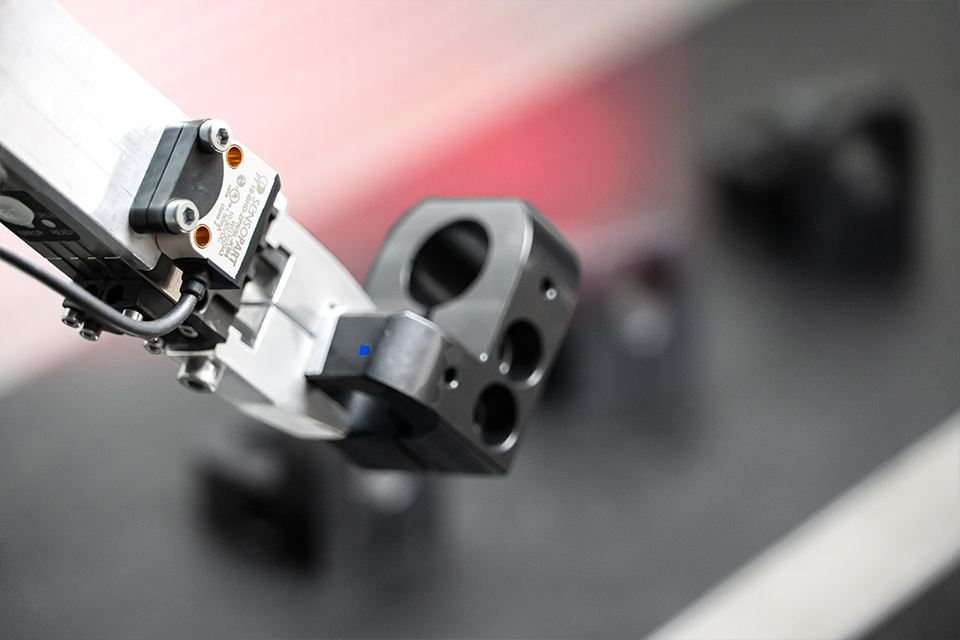

What types of objects need to have reliable
and accurate detection?
From the metallic and light-absorbing dark components in the automotive industry, to the transparent and shiny packaging in the pharmaceutical industry, a whole spectrum of surfaces need to be detected. For this, BlueLight sensors have proven themselves as real all-rounders.
What are the differences between red light
and BlueLight sensors?
Both red and BlueLight sensors are highly effective at object detection, but BlueLight has the ability to go further and detect critical surfaces when red light reaches its limit. This increased ability has earned BlueLight the reputation for being the new industry standard.
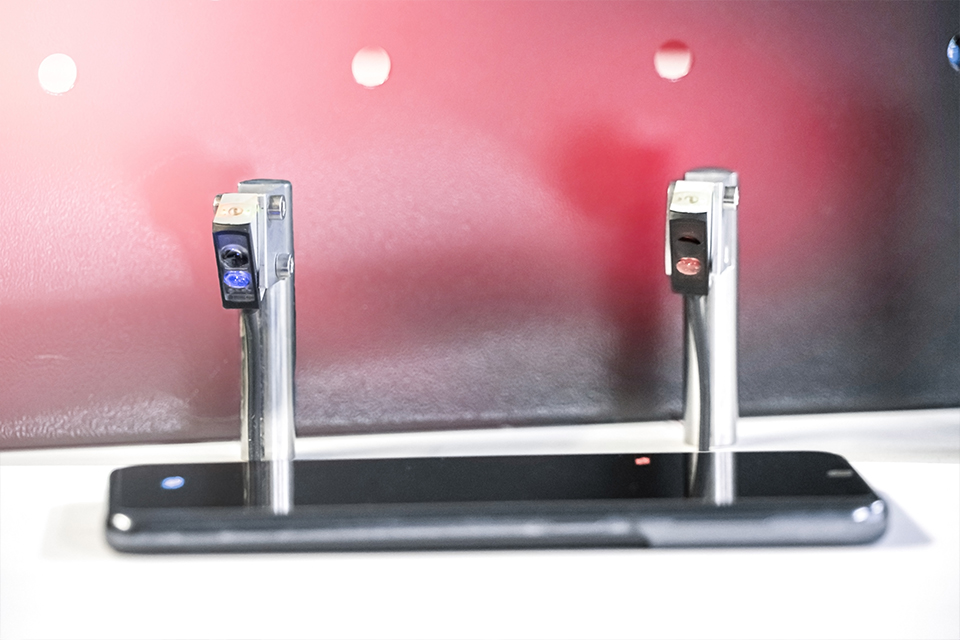
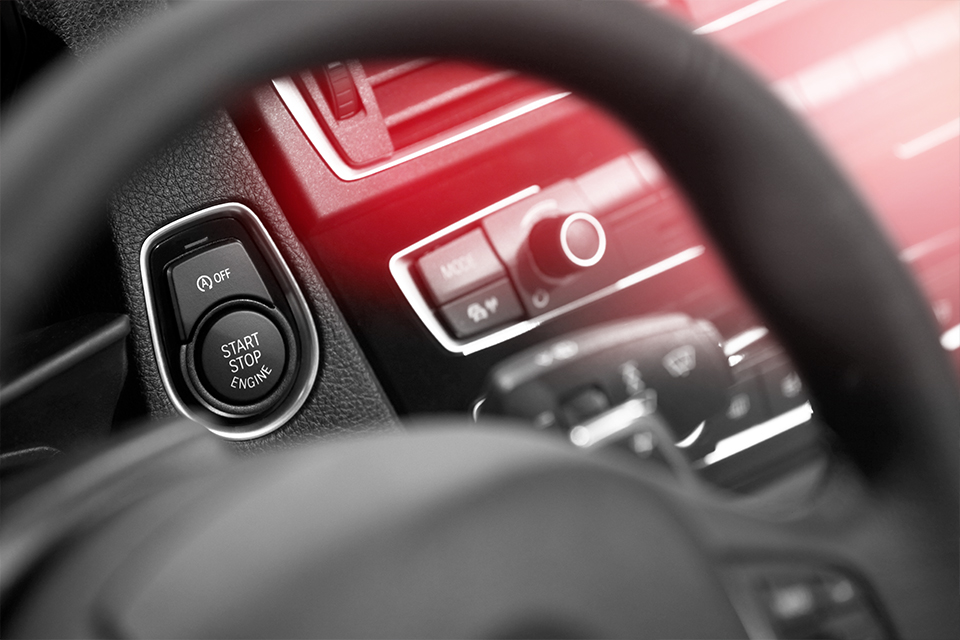
How to detect dark objects
The secret lies in different wavelengths. Unlike red light, blue light has a much shorter wavelength which means it doesn't penetrate the surface of objects as deeply. This means that the beam from blue light sensors is therefore more able to reflect back, easily detecting dark objects, even at shallow angles of incidence.
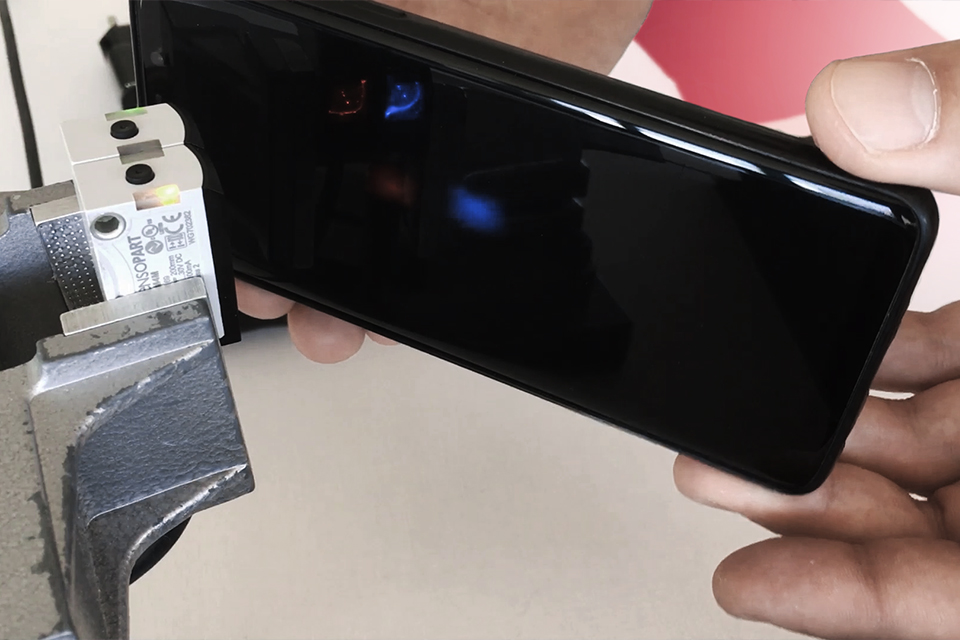

BlueLight is available at

To see the complete range and technical specifications of SensoPart BlueLight sensors, and to get in touch or request a quote, please click here.
